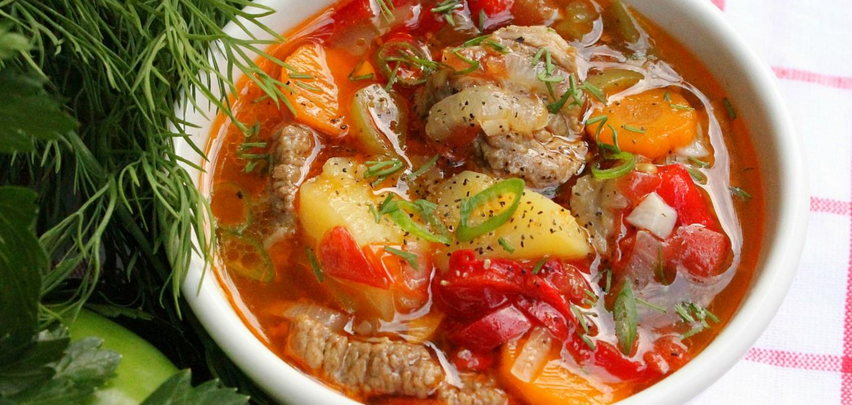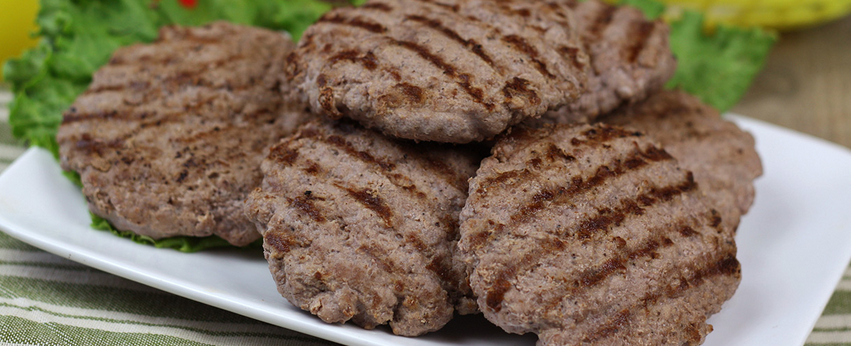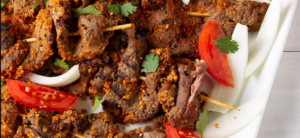Classic Beef Soup Recipe: A Chef’s Step-by-Step Guide
Beef soup, to me, is more than just a meal — it’s a process. A ritual. A story in flavors. I’ve been cooking professionally for over 15 years, and this is the beef soup I come back to again and again. It’s slow, it’s honest, and when done right, it tastes like memory — warm, layered, and deeply satisfying.
Let me walk you through the way I prepare it in my own kitchen — from the bones to the broth, the vegetables to the final seasoning. You won’t need anything fancy. Just time, attention, and the right sequence.
Choosing the Right Cut of Beef
For soup, not all beef is equal. I always recommend using beef shank, short ribs, or chuck roast — cuts with connective tissue and marbling. You’re not just cooking meat, you’re extracting soul from the bone.
I usually use about 2 to 2.5 pounds (900g to 1.1kg) of meat. And don’t trim the fat — that’s where half the flavor lives.
| Cut of Beef | Texture When Cooked | Flavor Profile | Notes |
|---|---|---|---|
| Beef shank | Fall-off-the-bone | Deep, gelatinous | Best for collagen-rich broth |
| Short ribs | Tender, rich | Beefy, fatty | Great balance of meat and bone |
| Chuck roast | Slightly fibrous | Savory, balanced | Easier to find, very affordable |
The First Step: Building the Broth
You can’t cheat a good broth. I start by searing the beef in a heavy-bottomed pot — high heat, no fear. I want a dark fond on the bottom — that’s the gold.
After a good sear, I deglaze the pot with a splash of water or dry red wine (if I’m feeling fancy), then fill it with cold water — about 3 quarts (2.8 liters).
Next comes the aromatics: a whole onion (halved, skin on), a couple of carrots, a celery stalk or two, garlic (crushed, unpeeled), and one bay leaf. Sometimes a sprig of thyme.
Simmer gently for 2.5 to 3 hours, skimming occasionally.
This part is non-negotiable. You’re building the heart of the soup. Let it take its time.
Straining and Separating
Once the broth has developed — it should be amber, fragrant, slightly sticky — I pull the meat out and set it aside. Then I strain the broth through a fine-mesh sieve.
At this point, I chill the broth briefly and skim the fat (you can keep some for flavor). Then I shred the beef by hand, discarding any large pieces of sinew.
The Vegetable Stage
Back on the stove. Clean pot. Broth goes back in. Add chopped vegetables: diced carrot, celery, and potato. I like a small amount of cabbage or parsnip too — adds subtle sweetness.
Simmer until vegetables are just tender. Then return the beef. Taste the salt. Adjust with cracked black pepper and a splash of soy sauce if needed.
Finishing Touches
Some days I stir in a handful of cooked barley or small pasta like ditalini. On others, I leave it rustic — just beef, broth, and veg. Serve with fresh parsley and maybe a slice of sourdough.
Optional: A spoon of crème fraîche on top? Heaven.
Nutrition Table (Per 1 Bowl / 400ml)
| Nutrient | Amount |
| Calories | ~320 kcal |
| Protein | 28g |
| Fat | 18g |
| Carbohydrates | 14g |
| Fiber | 2g |
| Sodium | 680mg |
Final Notes from the Kitchen
This soup isn’t about perfection — it’s about comfort, layers, and patience. You’ll learn it with your nose as much as your tongue. Once you’ve done it a couple times, it becomes second nature. And when someone takes a second spoonful and sighs? That’s the mark of a job well done.
Good soup doesn’t shout. It whispers — and lingers.
Bon appétit.





Post Comment